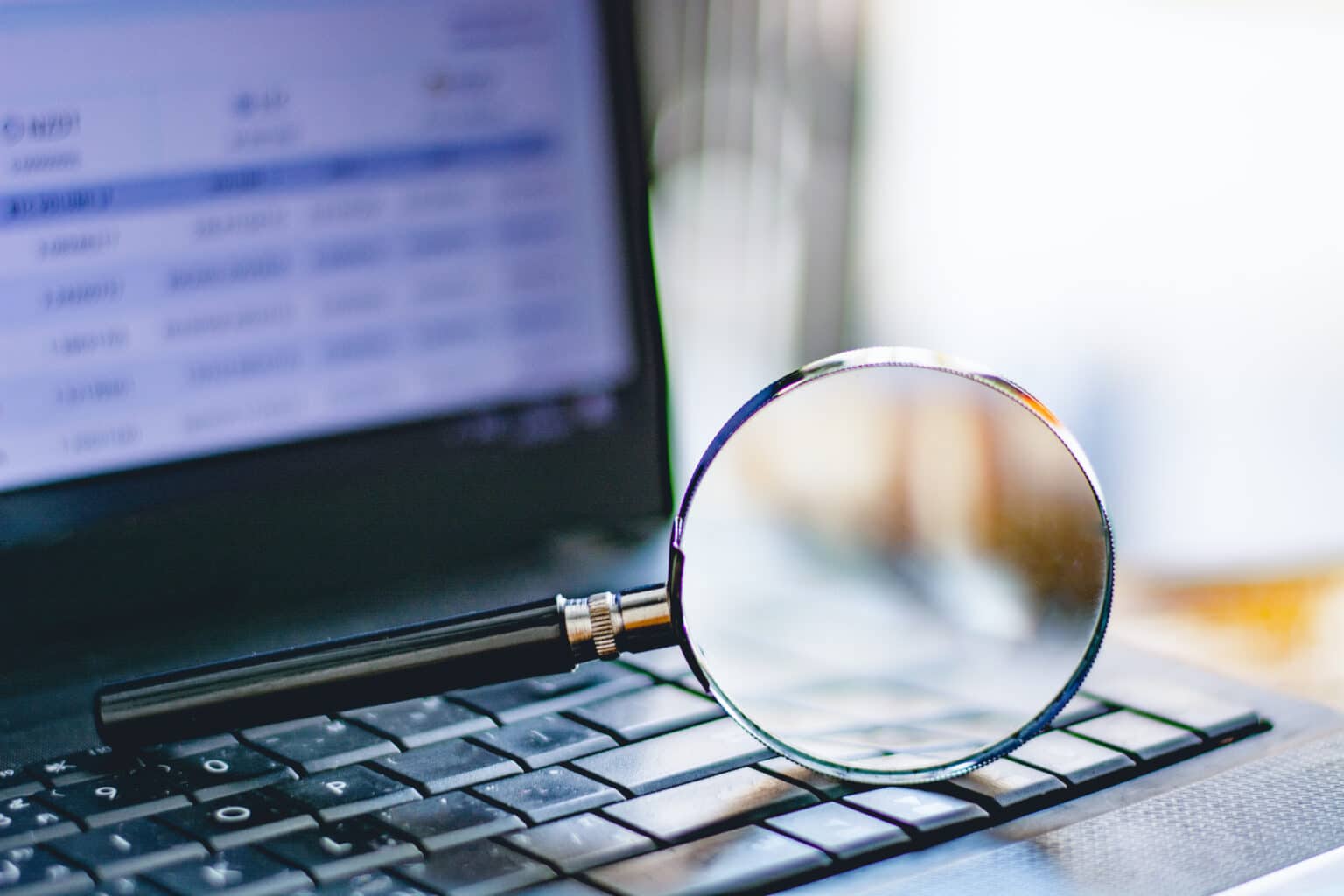When it comes to data loss prevention (DLP), bold marketing claims are everywhere. What’s rare is proof — and in cybersecurity, a granted patent is one of the clearest signals that a breakthrough is real.
Recently, DTEX was awarded U.S. Patent No. 12,423,428 for its “Method and System for Inferring Document Sensitivity.” At first glance, it might seem like another technical filing. In reality, it represents a breakthrough for how organizations must think about DLP in the age of AI — where data and environments are too complex and ever changing for static rules or content searches to handle. The way we create, share, and use information has fundamentally shifted — and the way we protect it must evolve just as radically. This patent underscores why enterprises can trust DTEX to deliver innovation that not only meets today’s needs but endures for the future.
Completing the picture: what DTEX’s patent delivers
File inspection can provide useful signals in data loss prevention, but on its own it rarely tells the whole story. DTEX’s new patent complements these methods by layering in behavioral and contextual intelligence — reducing friction, respecting privacy, and giving security leaders a clearer, more adaptive view of when information is truly at risk.
DTEX Risk-Adaptive DLP leverages a system that can determine file sensitivity by looking at the context around it — how it was created, how it’s being used, who is accessing it, and what patterns of behavior surround those actions.
The patent protects five core interlocking innovations:
- Asset lineage mapping – Tracking the lifecycle of a file to understand its journey across the business.
- Dynamic DLP enforcement – Applying protections automatically, in real time, based on both the data’s sensitivity and the level of risk associated with the user.
- Sensitivity scoring – Ranking data by importance so that the most critical information is prioritized.
- Behavioral risk scoring – Identifying unusual activity that could indicate misuse or exfiltration.
- User-level awareness – Adjusting protections based on the role and responsibilities of the individual involved.
Individually, each of these innovations offers greater insight into how data is handled. Together, they give organizations confidence that data is protected in ways that are both adaptive and business-friendly, reducing friction for users while building trust in the security program.
Turning innovation into customer confidence
In a crowded market, features are often imitated quickly. Vendors may make bold claims, but without intellectual property to protect those innovations, the distinction between real breakthroughs and recycled ideas blurs.
This is why DTEX’s patent matters. It validates that our approach to data loss prevention is not only novel but also defensible — the result of deep research and technical problem-solving.
For customers, that validation translates into trust: assurance that the protections they are investing in are not temporary, but built on innovation legally recognized as unique.
This provides two critical assurances:
- Differentiation – Competitors cannot easily copy these capabilities.
- Durability – The protected technology forms a foundation that will continue to evolve, not disappear into a sea of lookalike features.
At DTEX, we are committed to delighting customers with long-term value — security that is dependable, transparent, and easy to live with. This patent reinforces that promise, delivering confidence that the protections we provide are effective today and trustworthy well into the future.
From concept to practice: what risk-adaptive DLP delivers
For security leaders, the practical benefits are clear. Traditional DLP often produces overwhelming false positives, requires constant policy updates, and creates friction that undermines productivity. Risk-adaptive data loss prevention, enabled by this patented approach, automates much of that complexity.
Instead of treating all data equally, it focuses resources on what matters most. Instead of relying on blanket policies, it tailors enforcement to user context. And instead of waiting for incidents to escalate, it enables real-time, adaptive responses — from monitoring to restricting activity — based on evolving risk scores.
Equally important, this approach reduces the need for deep content inspection.
By focusing on behavior and context, it protects sensitive data while respecting employee privacy — strengthening trust across the workforce as well as with customers and partners.
Adapting data protection for human and AI-driven risks
The timing of this shift is critical. Insider incidents continue to grow in frequency and cost. At the same time, the rise of AI-driven workflows and autonomous agents introduces new classes of “non-human insiders” with privileged access to data. Static, rules-based controls were never designed for this reality.
DTEX’s patent for inferring document sensitivity signals a new phase: one where data loss prevention must be adaptive, behavior-driven, and able to evolve in real time alongside both human and machine activity.
For CISOs, this underscores a broader lesson. When evaluating vendors, look beyond roadmaps and marketing language. Ask where the intellectual property lies. Patents are not the only measure of innovation, but they are among the clearest indicators of defensible, future-ready capabilities. And for customers, they are reassurance that the protections chosen today will continue to deliver value tomorrow.
A marker for the next generation of data protection
The security industry is at a transition point. The static, file-centric approach to DLP has run its course. The future lies in risk-adaptive protection — security that understands context, respects privacy, and adjusts in real time to an evolving threat landscape. It is modern protection designed for the way data is created, shared, and used across modern organizations, and for the realities of an ever-changing workforce.
DTEX’s newly granted patent is more than a milestone for the company — it is proof of our long-term commitment to customers: to deliver data protection that is effective today, sustainable for tomorrow, and trustworthy for the future.
For CISOs making long-term bets on data loss prevention, the question is simple: do you want a tool built on claims, or a modern solution built on protected innovation?
When it comes to protecting your most critical data, trust is earned — not claimed. DTEX’s patented Risk-Adaptive DLP was built to give leaders proof, not promises. Request a demo today and see how trust becomes protection in practice.
Subscribe today to stay informed and get regular updates from DTEX Systems






